Nature’s ready-made sculptures
Specialist James Hyslop surveys some of the extraordinary natural wonders — from iridescent minerals to meteorites and dinosaur’s teeth — offered in our online Sculpted by Nature sale, 4-21 May
1. Gorgeous gogottes
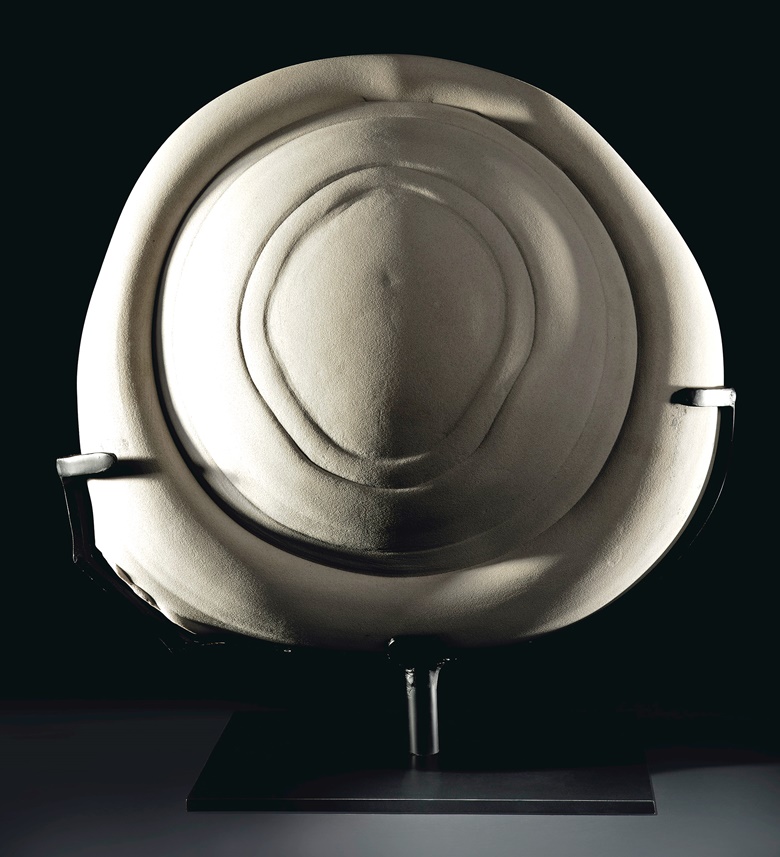
These sandstone concretions of quartz and calcium, known as gogottes, were formed in mineral-rich waters during the Oligocene epoch — the period spanning 35.4 to 23.3 million years ago when the global climate was cooling, and deciduous forests replaced tropical ones. Found in the forest of Fontainebleau, south of Paris, they are much prized for their sculptural appearance.
2. Handsome ammonites
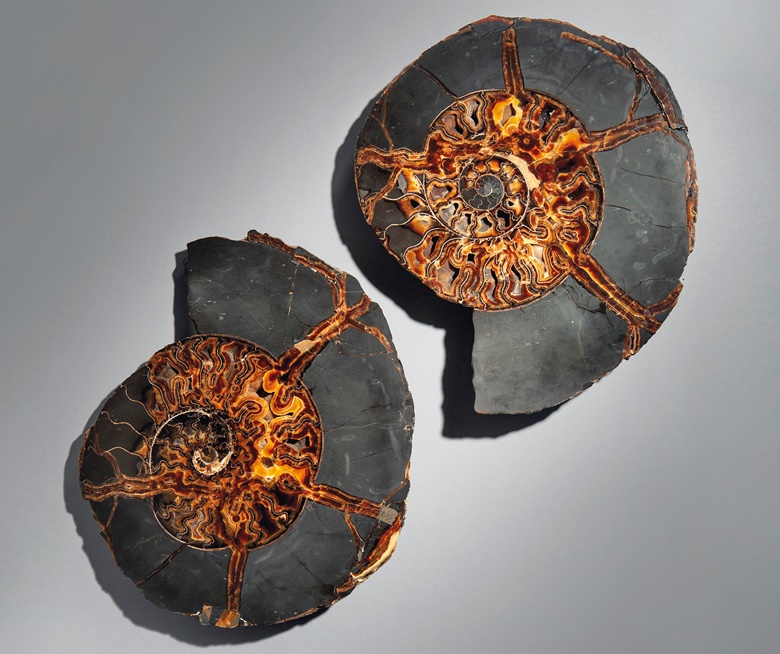
An extinct group of sea molluscs which were wiped out by the same event that probably killed off the dinosaurs, ammonites’ closest surviving relatives are the nautilus and the cuttlefish. Although most finds are only the size of a hand, larger examples, with their perfect spirals, make great sculptural pieces. Ammonites are also an incredibly important ‘index fossil’, allowing geologists to determine the age of a section of earth.
3. Sliced minerals
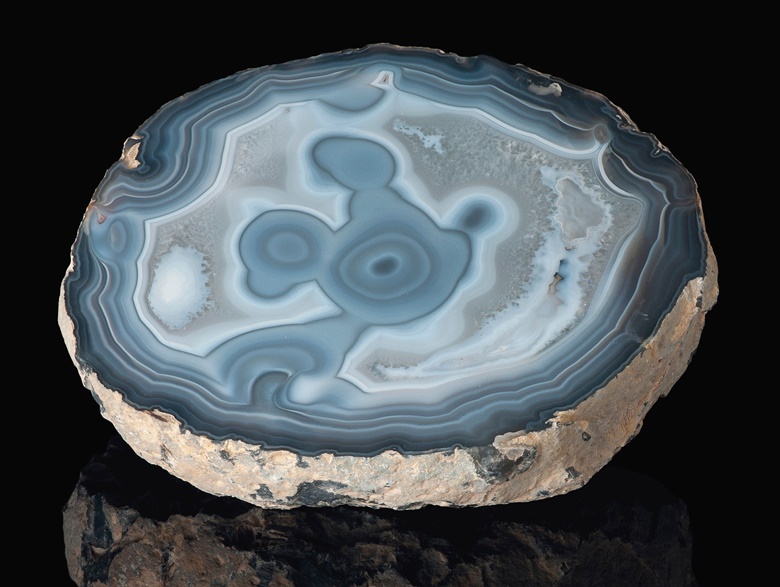
Often minerals and meteorites come to life when they are segmented to reveal their inner beauty — the translucency of the olivine and peridot crystals in pallasite meteorites, for example, is best revealed when sliced. Agates, rose quartz, iron meteorites, fossil wood and tiger iron all have a crystalline structure that makes sliced examples perfect decorative collectables. Segments from larger specimens tend to have the advantage of being more accessibly priced, with estimates starting from as little as £1000.
4. Iridescent minerals
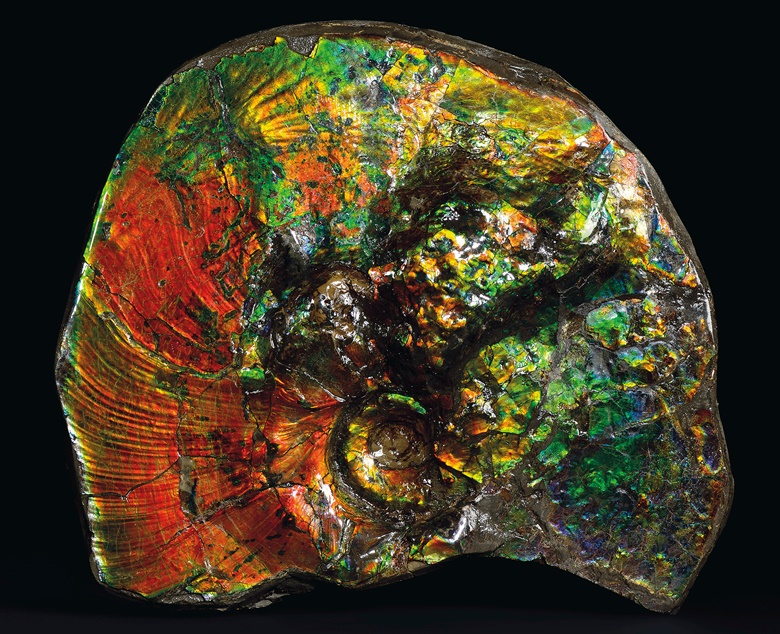
The fiery flashes of colour in opal make it a highly prized gemstone, but this iridescence can also be found in other fossils and minerals. Ammolite, for example, found in Alberta, Canada, has been given gemstone status. Its dancing, metallic colours derive from layers of aragonite in the shells of ammonites that have been compressed over the course of 75 million years. The iridescent effect they create is similar to that caused by a film of oil on water.
Also from Canada, the mineral labradorite is named after its ‘geological type area’ — the term used to refer to the locality where a particular specimen was first discovered. Displaying labradorite’s characteristic flashes of bright yellows, blues and greens, the example above came from Madagascar.
5. Stone skeletons
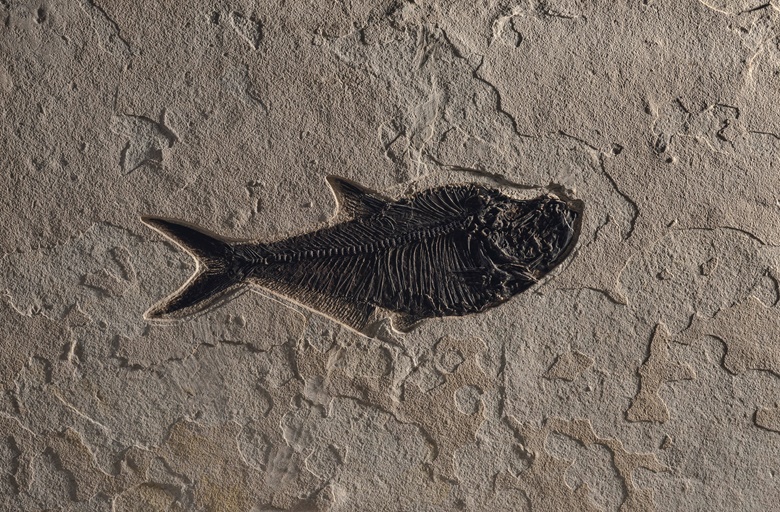
The vast majority of fossil finds are fragmentary pieces of shell, bones and other hard body parts. Very occasionally, however, near-complete specimens are unearthed, providing us with a better picture of how the creature appeared when it roamed the Earth millions of years ago. Most complete skeletons are found in marine deposits, where the creature was quickly covered by sediment and preserved as immense geological forces turned it to stone.
6. Marvellous meteorites
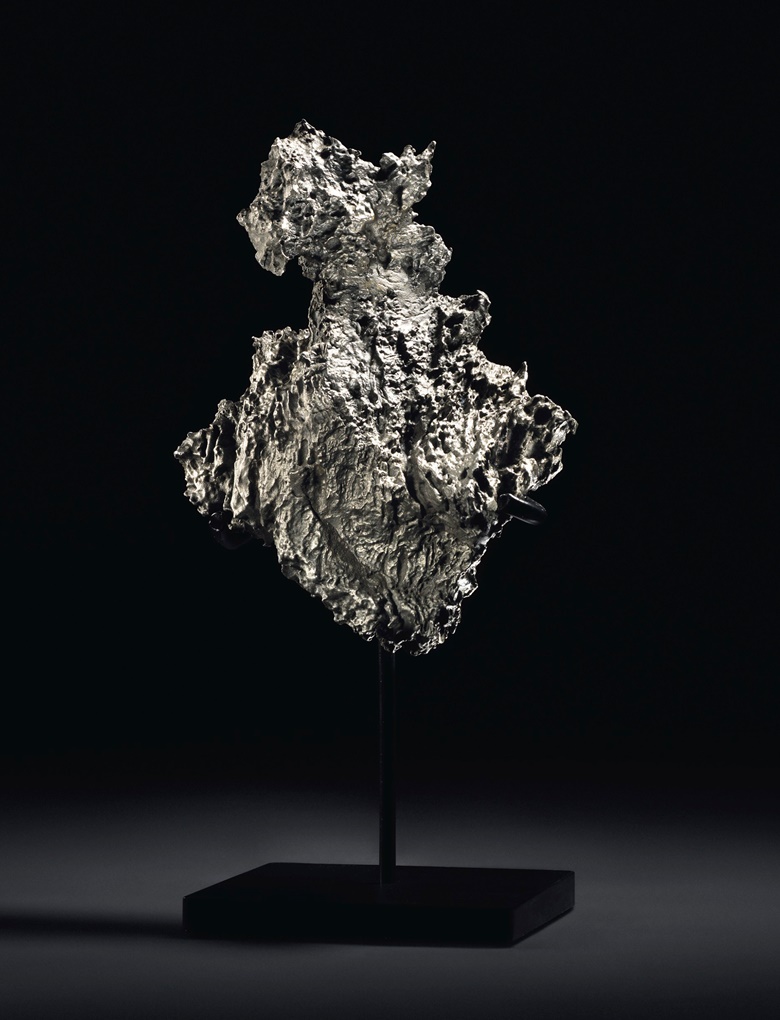
Meteorites represent the oldest category of object available for sale at Christie’s. Some have been dated at around 4½ billion years old — which makes them a third as old as time itself. Prized by collectors both for their appearance and their scientific interest, they are viewed by many as works of art from outer space.
7. Petrified wood
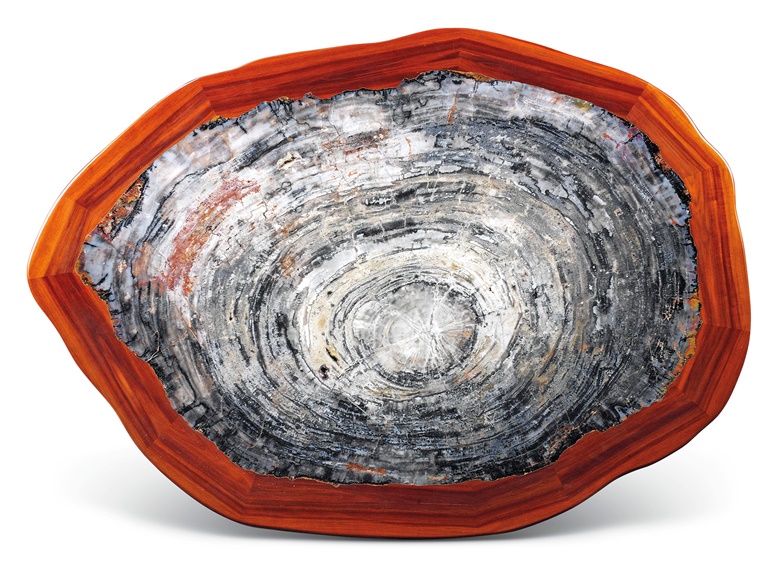
Petrified fossils can be used just as any other building material — transformed into bathroom tiles, garden statuary, bowls, decorative objects and tables. When cut and polished, ‘rainbow’ petrified wood from northern Arizona, for example, makes for beautiful tables, with patterning that has been compared to the abstract paintings of Gerhard Richter. This piece of petrified palm wood is from Indonesia.
8. Dental relics
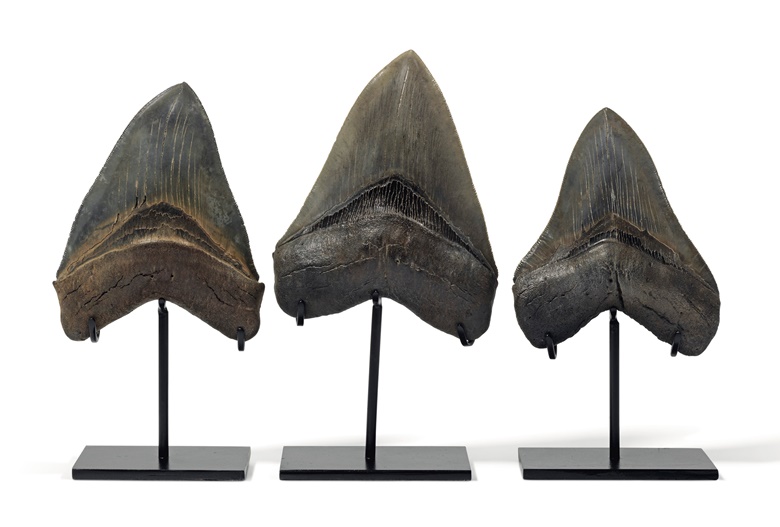
Many of the top prehistoric predators shed teeth during their lives. With little to cause them to decompose, their calcified structures have survived well in the fossil record. Larger, better-preserved specimens are more desirable, although their serrated edges can be extremely sharp, and have been known to cut the fingers of an unfortunate Christie’s cataloguer. The teeth from the megalodon are among the largest prehistoric shark teeth known. Large specimens of this extinct giant of the seas would have reached about three times the size of a great white shark.
9. Fool’s gold
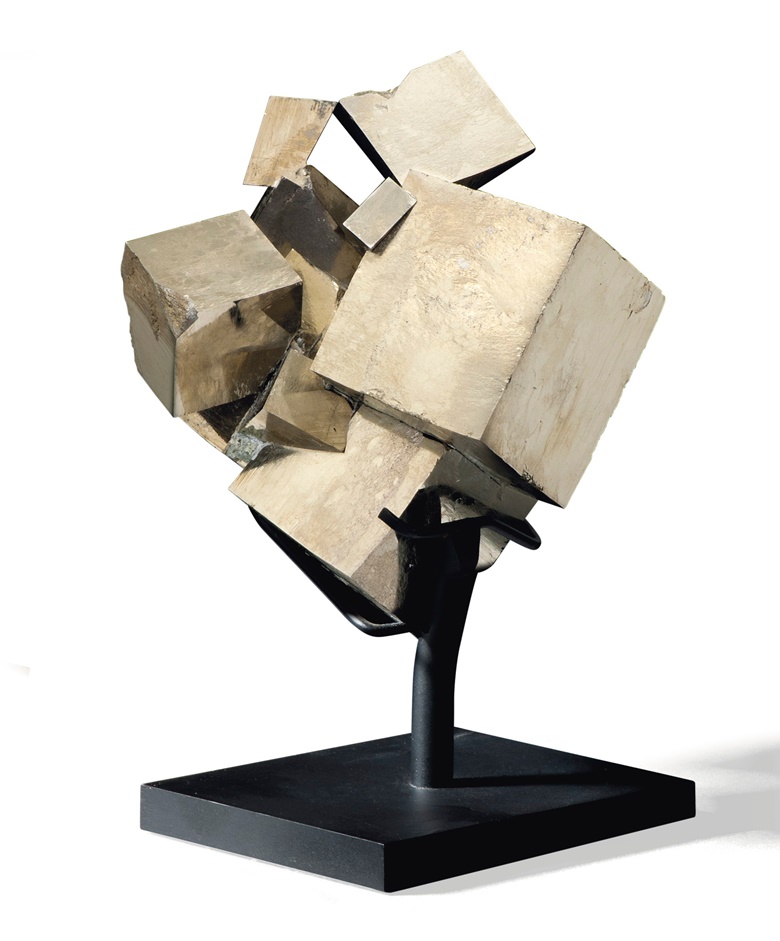
Due to its metallic lustre — and a few cases of mistaken identity — iron pyrite is commonly referred to as fool’s gold. The Elizabethan explorer and pirate Sir Martin Frobisher brought back what he thought was his fortune in gold ore from his voyage in search of the Northwest Passage, only to find that it was actually iron pyrite. The atomic arrangement of iron and sulphur give pyrite its cubic crystal structure, and a few regions produce large clusters of perfect cubes — a rare and wonderful example of straight lines occurring in nature.
- 0
- Bookmark

Bill Graham, Family Dog, Grateful Dead posters & more go up for bid at Turner Auctions + Appraisals
SAN FRANCISCO, CA.- Turner Auctions + Appraisals will present the sale of vintage posters from Bill Graham,...

Freeman's American Furniture, Folk and Decorative Arts Auctions Demonstrates Successes in American Material
PHILADELPHIA, PA—Freeman’s is pleased to announce the results of its April 27 American Furniture, Folk and Decorative Arts auction,...

Examining Edward Gorey’s Market
Edward Gorey is having a moment. Gorey has had many of these over the years—he was...
